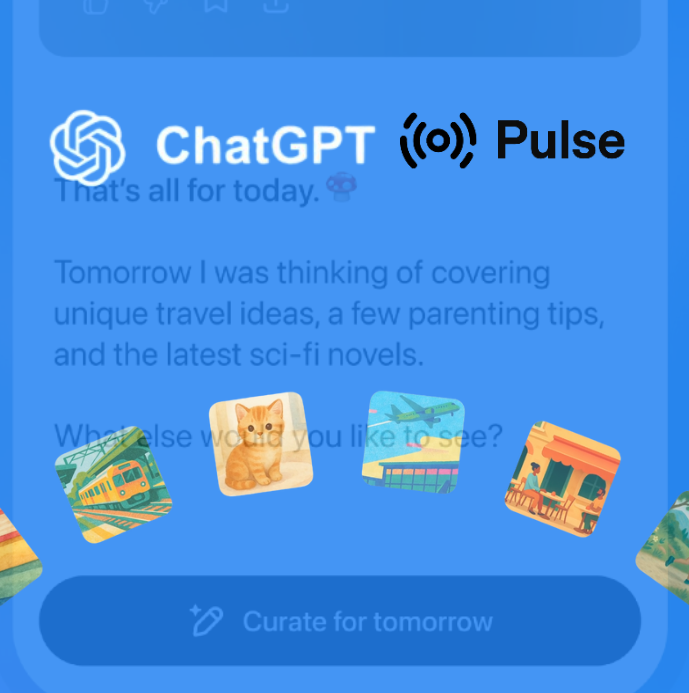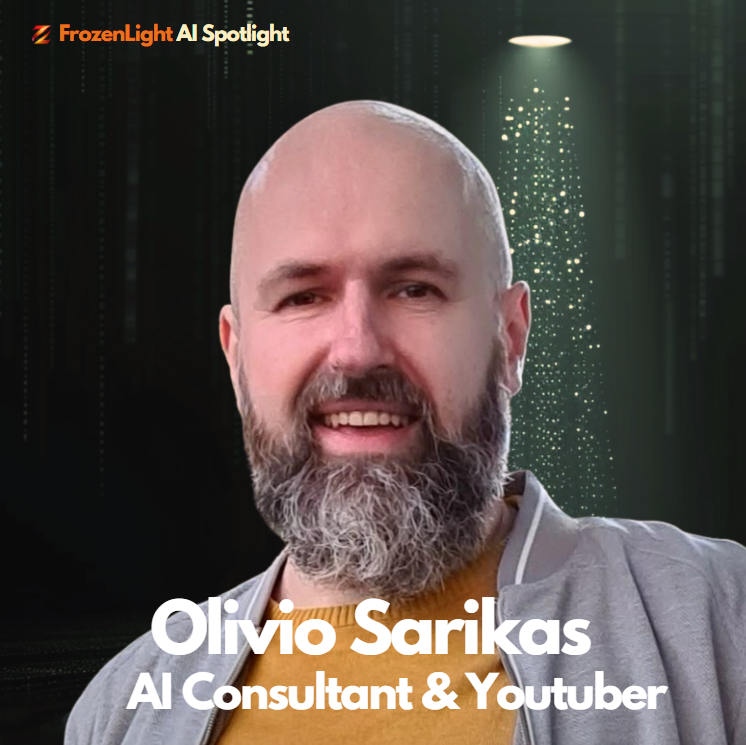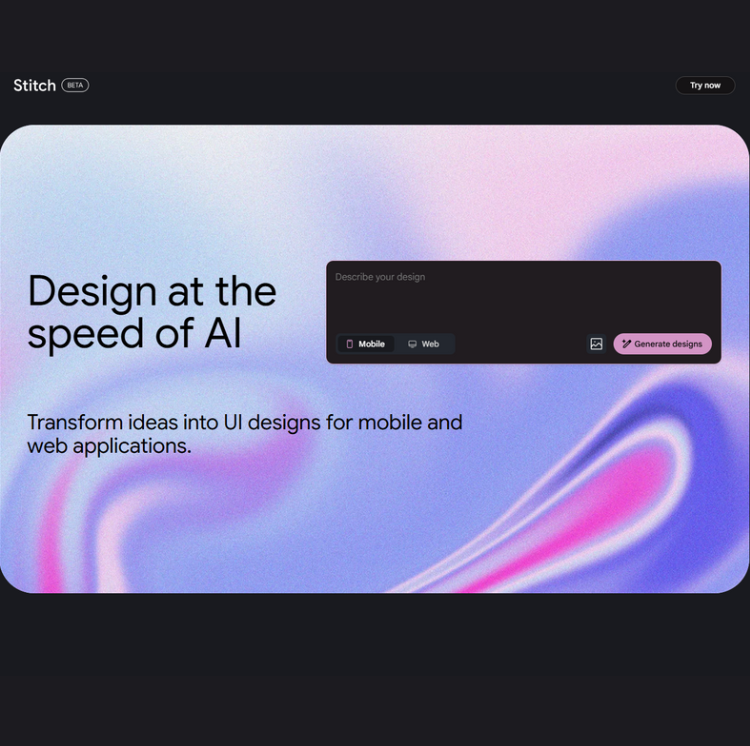Google just released new versions of its Gemma 3 models using Quantization-Aware Training (QAT). These models are designed to run efficiently on consumer-grade GPUs - meaning you don’t need enterprise-level infrastructure to tap into advanced AI.
With QAT, Google’s 27B parameter model can now run on a GPU with ~14GB of VRAM. That’s a major shift in accessibility, putting serious AI power in the hands of solo developers, researchers, and small teams.
What Google Is Saying
Google claims the QAT-optimized Gemma 3 models:
-
Maintain performance while reducing memory footprint
-
Run on consumer GPUs like the RTX 3090
-
Are integrated across popular platforms like Ollama, LM Studio, and llama.cpp
They're releasing QAT versions of Gemma 3 in 1B, 4B, 12B, and 27B sizes - all designed to fit into local workflows and everyday GPUs.
What Does QAT Mean (In Human Words)?
Quantization is a way to shrink a model’s size by using fewer bits to represent its values - kind of like switching from HD to compressed MP3, but in a smart way.
But QAT is not just compression after the fact - it trains the model with those constraints from the start. That means you get the size benefits without losing as much performance.
In practice? You can now:
-
Run the 27B model on a machine with ~14GB VRAM
-
Skip cloud costs and run powerful AI models locally
-
Avoid most of the headaches of post-training quantization hacks
And here’s the bigger deal: when quantization happens during training, it means models can actually be trained at home - not just fine-tuned.
You're not just loading someone else's brain. You're building one.
AGI, anyone??? Yes - the bigger news here that’s not said out loud is that this is big for AGI. Because it’s not about smarter models - it’s about smarter access. And when smart access shows up in training, not just inference, that’s how the future gets built.
🔍 Is This Revolutionary? Or Just Catching Up?
Good question - and here’s the truth:
Gemma 3 QAT is impressive, but Google is not the only one playing in this sandbox.
Other Players Doing Similar Things:
-
Alibaba has Qwen models optimized for local deployment on GPUs
-
DeepSeek showed R1 70B running on 8× RTX 3080s
-
AWS offers containers with GPTQ + AWQ quantization support
So while QAT isn’t a brand new idea, Google’s execution of it at this scale and with broad tooling support makes it stand out.
⚠️ What Could Break If You Switch?
If you were using earlier Gemma 3 models and want to upgrade to QAT versions - be careful.
-
Fine-tuned models won’t transfer cleanly - the training setup is different
-
Your inference pipeline might not support int4 quantization - especially if you’re still using float32 assumptions
-
Tooling needs to be compatible - tools like llama.cpp and Ollama must support the correct quantization format (gguf, etc)
-
Small accuracy drift may occur - some workflows relying on deterministic output might get slightly different results
-
Some QAT models had token misconfigurations - which the community is still fixing (source: Reddit)
Bottom Line
|
❓ Feature |
✅ Status |
|
Released? |
Yes |
|
Price? |
Free and open source |
|
Platform support |
Ollama, LM Studio, llama.cpp, etc. |
|
VRAM needed? |
0.5GB–14GB depending on model size |
|
Quantization? |
int4 QAT - built-in during training |
|
Use cases? |
Local inference, chatbot, research |
You can read more about it here:
http://ai.google.dev/gemma/docs/core http://www.reddit.com/r/LocalLLaMA/comments/1jvi860/psa_gemma_3_qat_gguf_models_have_some_wrongly/
🧊 Frozen Light Team Perspective
Let’s be honest: the only people truly excited about QAT are the people who’ve tried running a 70B model locally and watched their computer catch fire.
For everyone else? This news feels like a technical update - until you realise what it actually means.
This is how AI becomes real. It’s no longer limited to OpenAI’s cloud or Nvidia superclusters. You can run serious AI from your desk.
So is this revolutionary? Not exactly. But is it part of a much bigger trend? Absolutely.
The big guys - OpenAI, Google, Meta, Alibaba - they’re all doing the same thing: → Shrink the models → Quantize everything → Make it run where the people are
You know, the real people. The ones who don’t have 8 H100s lying around.
But here’s the wild part: because QAT is done during training, we’re not just shrinking models - we’re creating small, powerful brains from the start.
That means:
-
Training might not require giant clusters anymore
-
Universities, startups, and yes - smart people with good GPUs - can now train, not just fine-tune
This isn’t just an efficiency win. It’s a foundational shift.
If AGI ever happens, it won’t be because one lab made it big. It’ll be because a thousand small minds found space to grow.
And Google? They may have just handed intelligence a house key. It doesn’t need the cloud to come inside. 😉









